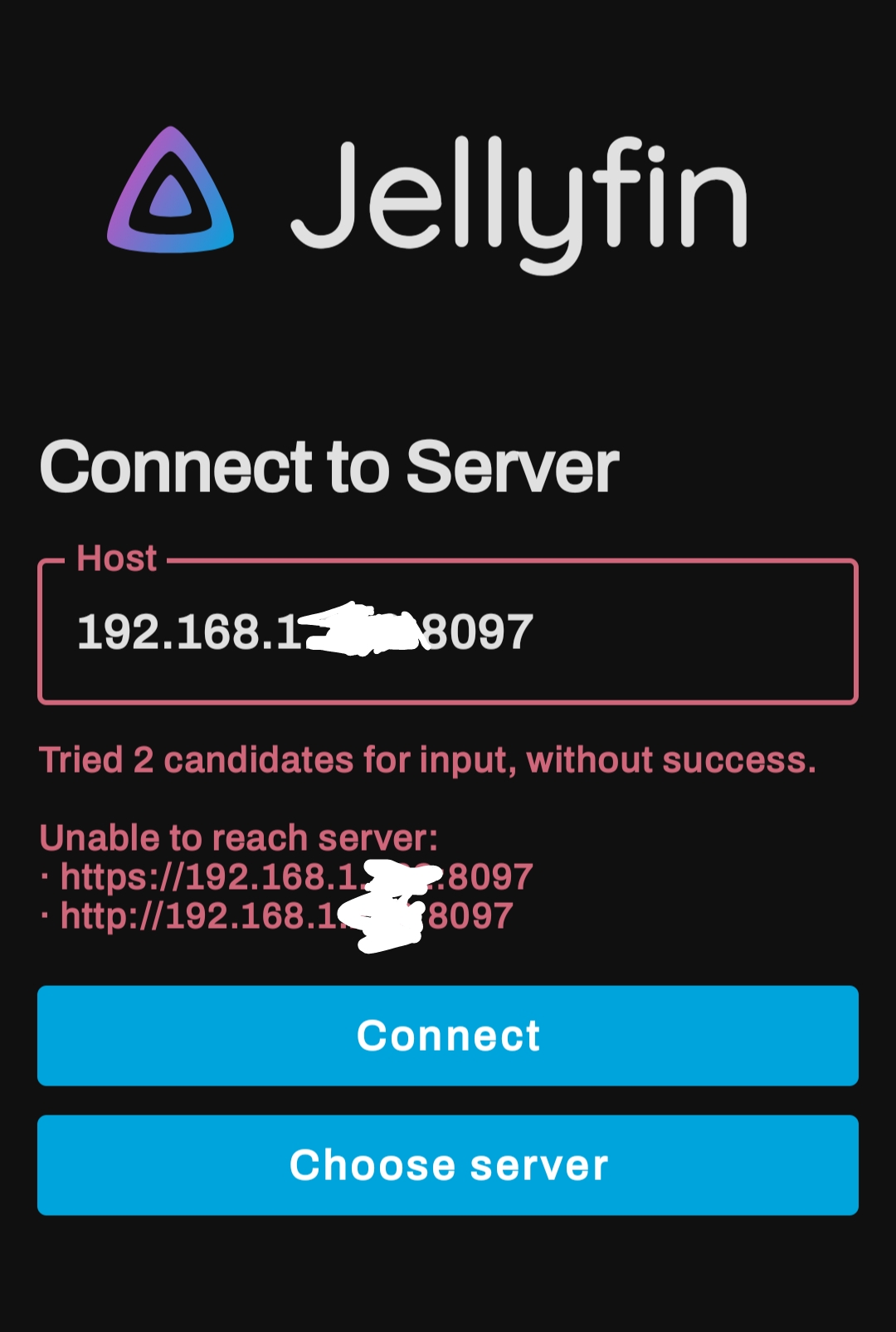Selfhosted
A place to share alternatives to popular online services that can be self-hosted without giving up privacy or locking you into a service you don't control.
Rules:
-
Be civil: we're here to support and learn from one another. Insults won't be tolerated. Flame wars are frowned upon.
-
No spam posting.
-
Posts have to be centered around self-hosting. There are other communities for discussing hardware or home computing. If it's not obvious why your post topic revolves around selfhosting, please include details to make it clear.
-
Don't duplicate the full text of your blog or github here. Just post the link for folks to click.
-
Submission headline should match the article title (don’t cherry-pick information from the title to fit your agenda).
-
No trolling.
Resources:
- selfh.st Newsletter and index of selfhosted software and apps
- awesome-selfhosted software
- awesome-sysadmin resources
- Self-Hosted Podcast from Jupiter Broadcasting
Any issues on the community? Report it using the report flag.
Questions? DM the mods!
view the rest of the comments

New to selfhosting. Didn't know any better 🤷🏾♂️
I suppose I'm being a little harsh, I just deal in networks and it made me pause but I forget not everyone knows what I know. I apologize for being rude.
Essentially your internal private network operates on three ranges of numbers depending on your specific needs. Homes usually never need more than a couple dozen but even the most advanced home network probably only uses half a dozen subnets at most and need fewer than 253 devices per, so usually you get 192.168.0.0-192.168.255.255/24 because it's more than enough. The "/24" denotes (out of 32) where the subnet ends, essentially how we are dividing up the allotted space in the IP scheme we are given. The "Class C" range (mentioned above) has an available 65,000+ addresses. Usually more than enough for any way you want to slice it up. Mostly you'll just see people sling /24's around because it's an even interval of 1 in the last octet which makes things simpler.
People who build more robust "networks" (in the commercial sense) at their houses will usually operate a few different ones, some for internal and others set aside in "DMZ" zones for outward facing servers. Such as gaming servers or self hosting jellyfin!
I read this and got all the way lost in the sauce. Is this English? Lol but for real, I appreciate the info.
No problem, networks are an interesting development in computer technology and plenty of people (even those with computer knowledge) have never seen how complex they can get.